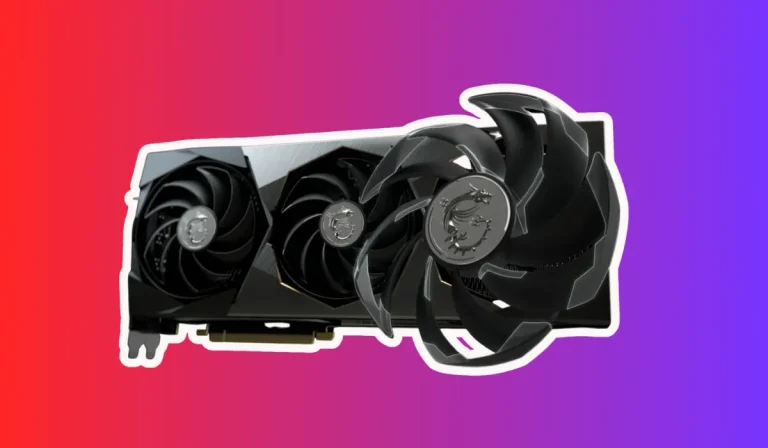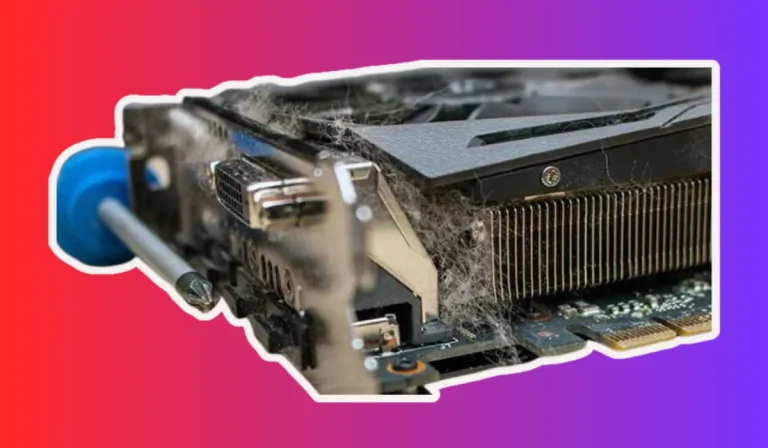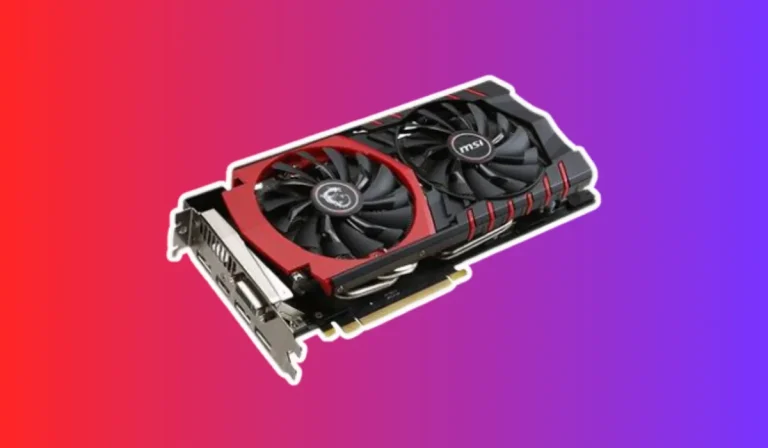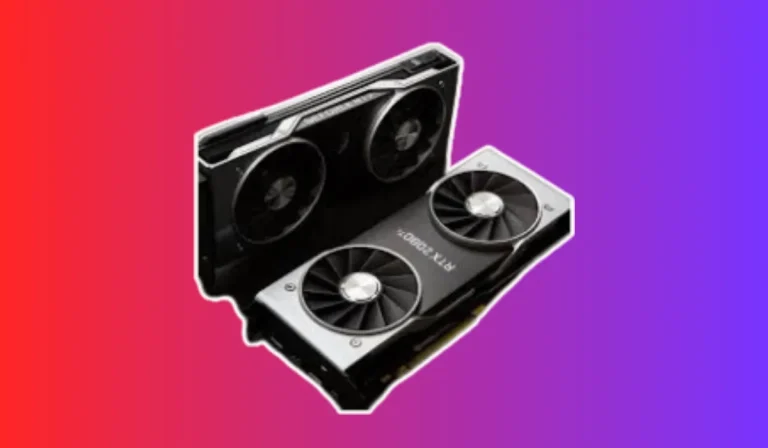How to Use HDMI on Your Graphics Card?
HDMI is a game-changer when it comes to connecting your graphics card to a display. This nifty technology allows for seamless transmission of high-quality audio and video, taking your multimedia experience to new heights. In this guide, we’ll walk you through the simple steps of using HDMI, ensuring that you can enjoy stunning visuals and immersive sound without any hassle.
Checking Graphics Card Compatibility
Before diving into the world of HDMI, it’s crucial to ensure that your graphics card supports this technology. Here’s a step-by-step guide to help you determine the compatibility of your graphics card with HDMI.
1. Research your Graphics Card Model
- Begin by identifying the model of your graphics card. You can usually find this information on the card itself or in the user manual.
- Look for specifications or documentation related to video output options.
2. Check the Manufacturer’s Website
- Visit the manufacturer’s website for your graphics card and search for the specific model.
- Look for detailed specifications or product information that outlines the available video output options.
3. Look for HDMI Port
- Once you have confirmed that your graphics card supports HDMI, it’s time to locate the HDMI port.
- The HDMI port is typically labeled as “HDMI” and is usually found on the back of the graphics card.
4. Physical Examination
- Inspect the HDMI port and ensure that it is not damaged or obstructed in any way.
- If there are any issues, consult the manufacturer’s support documentation or contact customer service for assistance.
Connecting Your Graphics Card to a Display via HDMI
Now that you have confirmed the compatibility of your graphics card with HDMI, it’s time to connect it to a display and unlock the full potential of your visual experience. Follow these simple steps to get started:
1. Gather the Necessary Equipment
- Before you begin, ensure that you have an HDMI cable and a compatible display (such as a monitor or TV) ready.
- Make sure the HDMI cable length is suitable for your setup, considering the distance between the graphics card and the display.
2. Power Off Your Devices
- Turn off your computer and the display to avoid any potential damage during the connection process.
3. Locate the HDMI Port
- Identify the HDMI port on your graphics card. It is usually labeled as “HDMI” and is often found on the back of the card.
- Take note of the HDMI port’s orientation and the surrounding ports to avoid any confusion.
4. Connect the HDMI Cable
- Take one end of the HDMI cable and plug it into the HDMI port on your graphics card.
- Connect the other end of the cable to the HDMI input on your display.
5. Power On Your Devices
- Turn on your computer and the display.
- Ensure that both devices recognize the connection and adjust their settings accordingly.
Configuring Display Settings
Now that you have successfully connected your graphics card to a display via HDMI, it’s time to optimize your viewing experience by configuring the display settings. Follow these steps to make sure everything looks just right:
1. Access Display Settings
- Right-click on your desktop and select “Display settings” from the context menu.
- This will open the display settings window where you can adjust various parameters.
2. Adjust Resolution
- In the display settings window, locate the “Resolution” dropdown menu.
- Choose the desired resolution that best suits your display and personal preference.
- Keep in mind that higher resolutions offer sharper images, but they may require more processing power.
3. Set Refresh Rate
- Look for the “Advanced display settings” link in the display settings window and click on it.
- Under the “Refresh rate” section, choose the appropriate refresh rate for your display.
- Higher refresh rates result in smoother motion, especially during fast-paced activities like gaming.
4. Configure Multiple Displays (if applicable)
- If you are using multiple displays, navigate to the “Multiple displays” section in the display settings window.
- Choose the desired display mode, such as extending your desktop or duplicating the screen.
5. Color Calibration (optional)
- For fine-tuning the color accuracy, you can access the “Color calibration” or “Color management” settings.
- Follow the on-screen instructions to adjust gamma, brightness, contrast, and color balance.
FAQ’s
1. Can I use HDMI on my graphics card?
Yes, most modern graphics cards come equipped with HDMI ports, allowing you to connect your computer to a display using an HDMI cable.
2. How do I know if my graphics card supports HDMI?
You can check the specifications of your graphics card either on the card itself or in the user manual. Additionally, you can visit the manufacturer’s website and search for your specific graphics card model to find detailed information about its video output options.
3. Do I need a special HDMI cable for my graphics card?
No, you don’t need a special HDMI cable for your graphics card. Any standard HDMI cable should work fine as long as it matches the required length and supports the desired resolution and refresh rate.
4. Can I connect multiple displays to my graphics card using HDMI?
Yes, you can connect multiple displays to your graphics card using HDMI. However, the number of displays you can connect simultaneously depends on the graphics card’s capabilities and the available HDMI ports.
5. How do I configure display settings when using HDMI on my graphics card?
To configure display settings, right-click on your desktop and select “Display settings.” From there, you can adjust parameters such as resolution, refresh rate, and multiple display settings. For more advanced settings, you can explore the “Advanced display settings” or “Color calibration” options.
Conclusion
Using HDMI on your graphics card is a straightforward process that can greatly enhance your visual experience. By connecting your graphics card to a display using an HDMI cable, configuring the display settings, and enjoying optimized visuals, you’ll unlock the full potential of your graphics card. Get ready to immerse yourself in stunning visuals and enjoy a seamless viewing experience!




